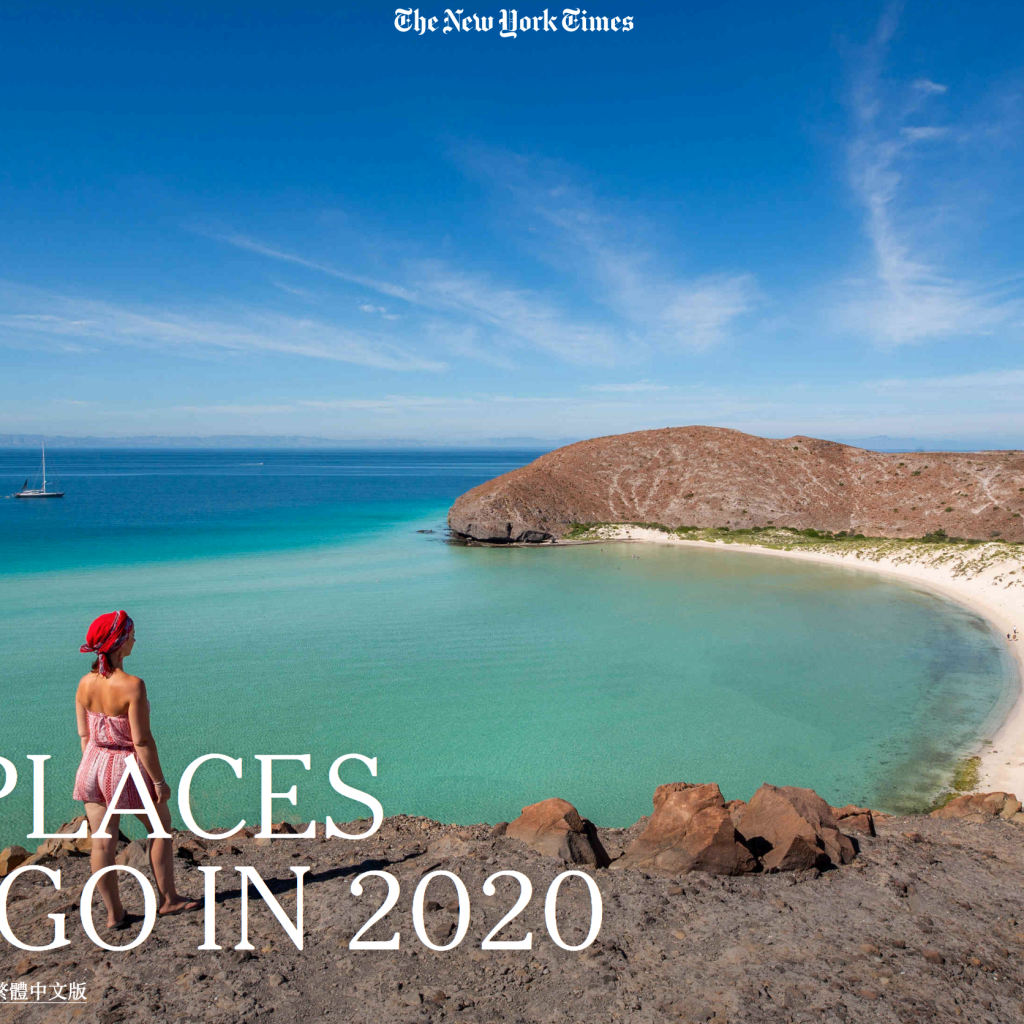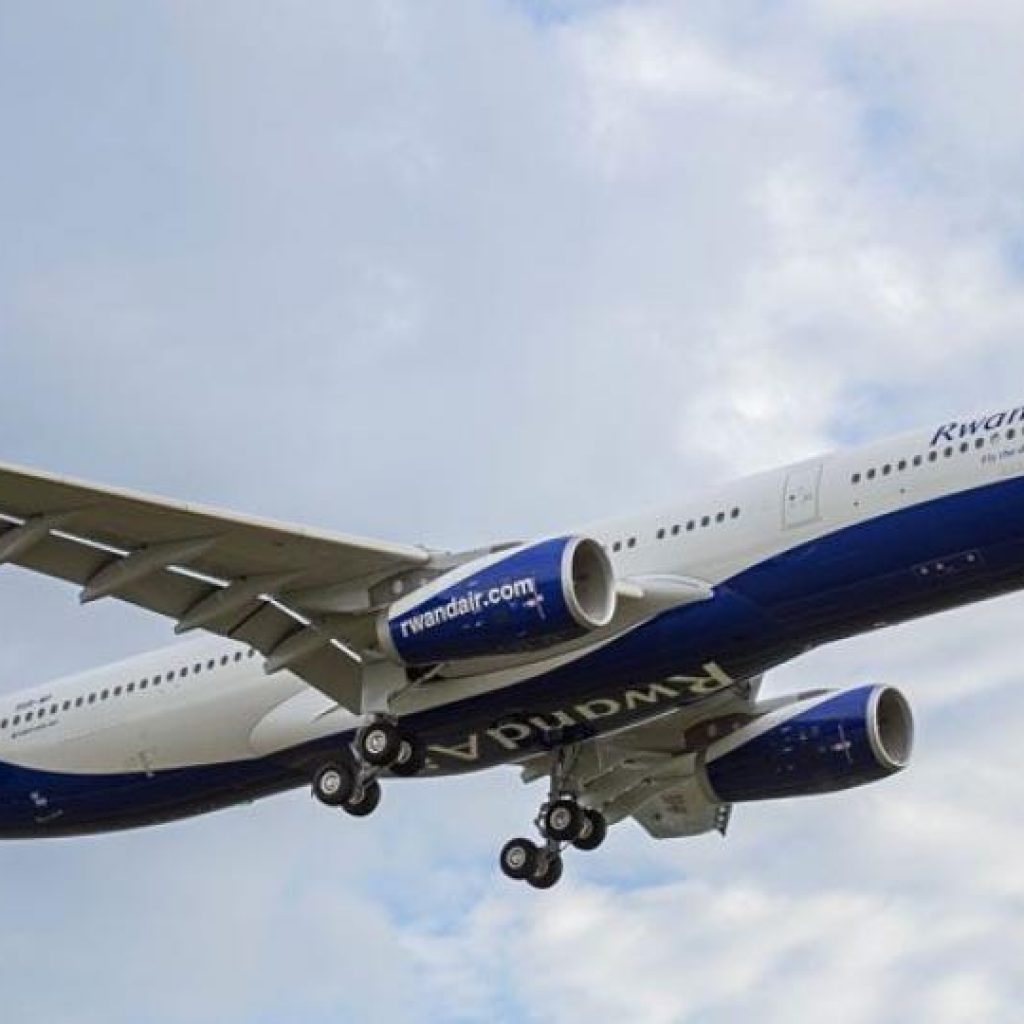
LESOTHO
A quiet mountainous country is
a wonderland for adventurers
Joao Silva/The New York Times
The tiny country of Lesotho — a picturesque enclave of jagged desert mountains fully surrounded by South Africa — has been lost to most African itineraries. But things are changing in landlocked Lesotho, known as the “mountain kingdom,” where most residents, dressed in colorful traditional wool blankets, live in remote rural villages. Over the past decade the number of visitors has nearly doubled as the country has begun promoting tourism to grow its economy. A newly launched e-visa platform is making visiting easier than it was before. Visitors can explore ancient rock paintings at UNESCO-listed Maloti-Drakensberg Park, or take multiday pony treks to stay in remote thatch-hut villages. (Outfitters such as solar-powered Malealea Lodge arrange trips.) And in 2020, the capital, Maseru, is scheduled to open a new National Museum and Art Gallery in a three-story building shaped like a spiral aloe, an endemic plant. It will feature exhibits on Basotho culture, its handicrafts tradition and the nation’s first-ever digitized archives.
—KIM I. MOTT
EGYPT
Fancy new digs for King Tut and company
Getty Images
The Egyptians are building like the pharaohs to finish the massive and much-anticipated Grand Egyptian Museum in time for its scheduled gala opening later this year. The project, which is reported to cost $1 billion, has involved thousands of workers and nearly two decades of labor. The soaring space will be situated just over a mile from the Pyramids of Giza and contain around 100,000 objects, including more than 5,000 related to King Tutankhamun. It will join other recently inaugurated archaeological troves, including the National Museum of Egyptian Civilization and an ancient tomb of colorful frescoes in the Saqqara Necropolis. And visiting Cairo will be easier than ever, courtesy of the new Sphinx International Airport and hotels like the 366-room St. Regis Cairo, set to open in June.
—SETH SHERWOOD
UGANDA
A primate capital and birder’s
paradise becomes more accessible
Marcus Westberg
Landlocked in east-central Africa, Uganda has long been in the shadow of Kenya, Tanzania and other countries more popular with visitors on safari. But the “Pearl of Africa,” with its own rich wildlife, is set to become more accessible, thanks to the resurrection last summer of the country’s national carrier, Uganda Airlines. Uganda is one of the world’s primate capitals, with 15 species (four of which are endangered) and the Bwindi Impenetrable Forest National Park, a renowned mountain gorilla sanctuary. The UNESCO World Heritage Site, in southwestern Uganda, is home to roughly half the world’s mountain gorillas. The park’s gorilla-trekking safaris limit contact to eight visitors per gorilla group per day, and proceeds from their trekking permits go toward conservation efforts and protecting the animals from poachers. The dense forest mountain park, which ranges in elevation between 3,810 feet and 8,880 feet, also features a scenic waterfall trail framed by ancient ferns and wild orchids, and is a birder’s paradise, with 350 species of forest birds.
—VIVIAN SONG
MOUNT KENYA
On a volcanic mountain, wildlife thrives —
and glaciers are steadily disappearing
Getty images
The second-tallest mountain on the African continent, Mount Kenya — a massive, sleeping volcano that last erupted about three million years ago — lies just south of the Equator and dominates the landscape of central Kenya. The mountain is also home to some of the world’s last remaining tropical glaciers. But not for long: A recent assessment found that permanent ice on Mount Kenya could disappear completely before 2030. Now is the time to go. Getting to the mountain’s rocky summit, which tops out at more than 17,000 feet, requires technical climbing skills, but fit, motivated hikers can make the trek to Point Lenana, which, at 16,355 feet, is the ridgeline’s third-highest peak. Over the course of the four- to six-day expedition, hikers travel through a panoply of ecosystems: from tussock grasslands to bamboo forests; from boggy heathlands to the high, wild landscape of the Afro-Alpine zone. Along the way, they might come across elephant tracks in the bamboo, hear hyenas whooping in the night and spot hornbills, sunbirds and hawk-eagles. Hikers either camp or stay in the moderately priced mountain shelters along the route. Guides are strongly recommended, and permits are required; they cost $52 a day for international visitors and can be purchased on arrival at the park.
—PAIGE MCCLANAHAN
ADDIS ABABA,
ETHIOPIA
A fast-growing economy is bringing
sustainable tourism — and an expanded
airport — to the Ethiopian capital
Uriel Sinai for The New York Times
Ethiopia, where coffee is said to have originated, where Stone Age ancestors first carved flint into tools and where churches werehewn into rockand perched atop cliffs, is Africa’sfastest-expanding economy. Nowhere is its rise more evident than in bustling Addis Ababa. Ethiopia’s capital has been named a2020 World Capital of Culture and Tourism, and for good reason: Its treasures includeAksum, according to tradition the birthplace of the Queen of Sheba; anational museumhousing traditional crafts and prehistoric fossils, and cathedrals including the copper-topped, neo-BaroqueHoly Trinityand massive, mural-filledMedhane Alem, the second largest in Africa. The city hasthe first light-rail system in sub-Saharan Africaand an industrial and transportation sector humming with neweco-conscious energy.Public spaces have turned greener, and there are more eco-friendly lodges for tourists. NowBole International Airport, once a tiny, chaotic transit hub, has had a$363 million renovation. Three times the size of its predecessor, the airport has a nearbyfive-star hoteland the capacity for 22 million passengers a year.
—DEBRA KAMIN






About The Author: David DiGregorio
More posts by David DiGregorio